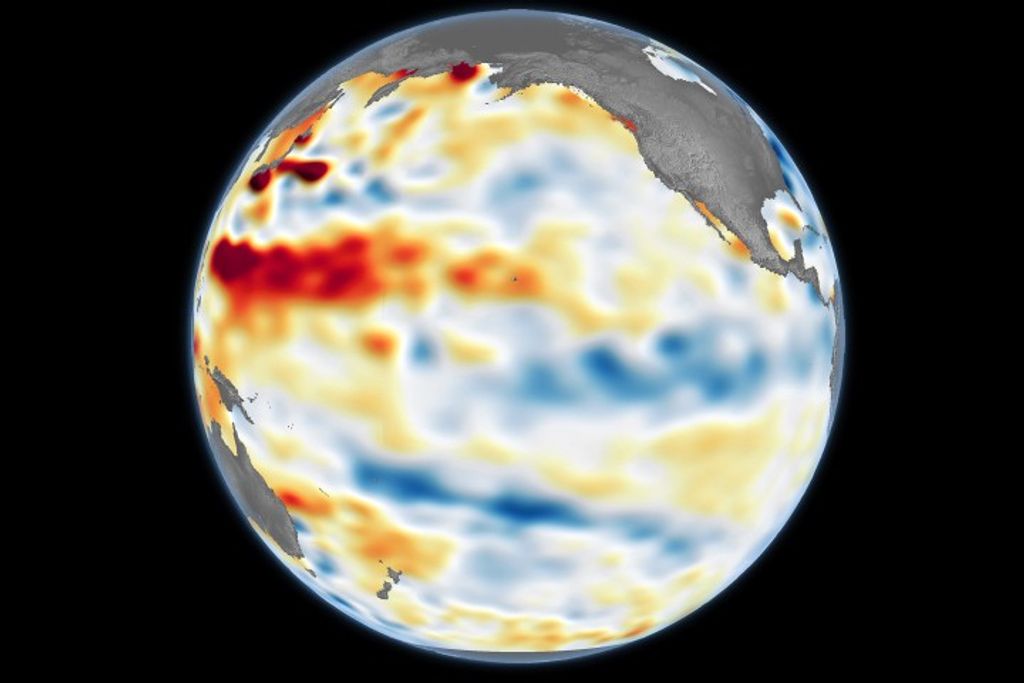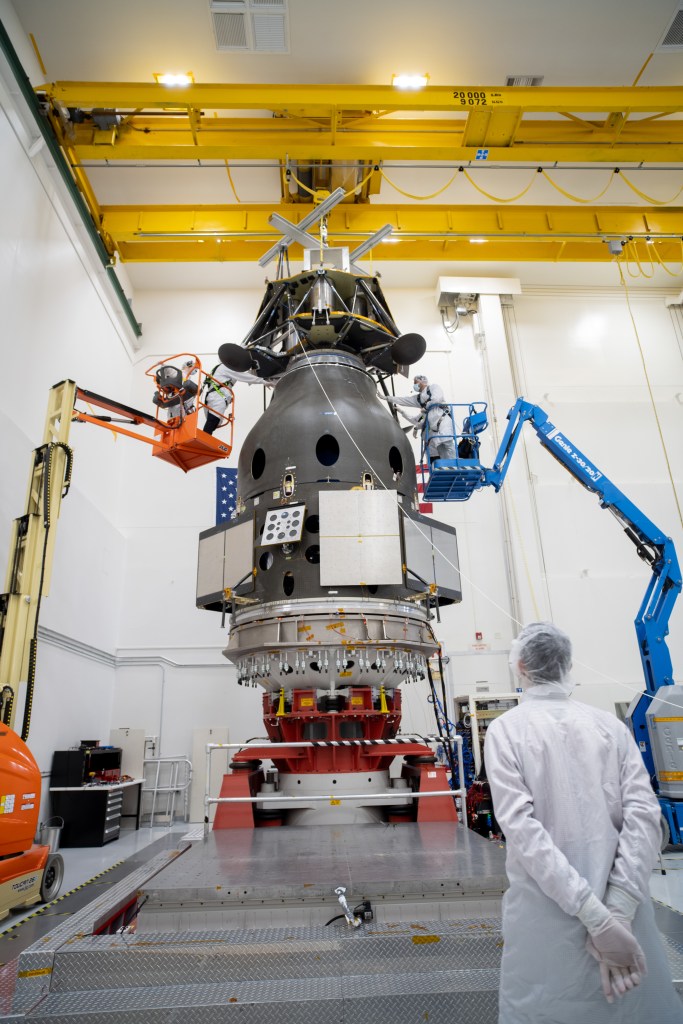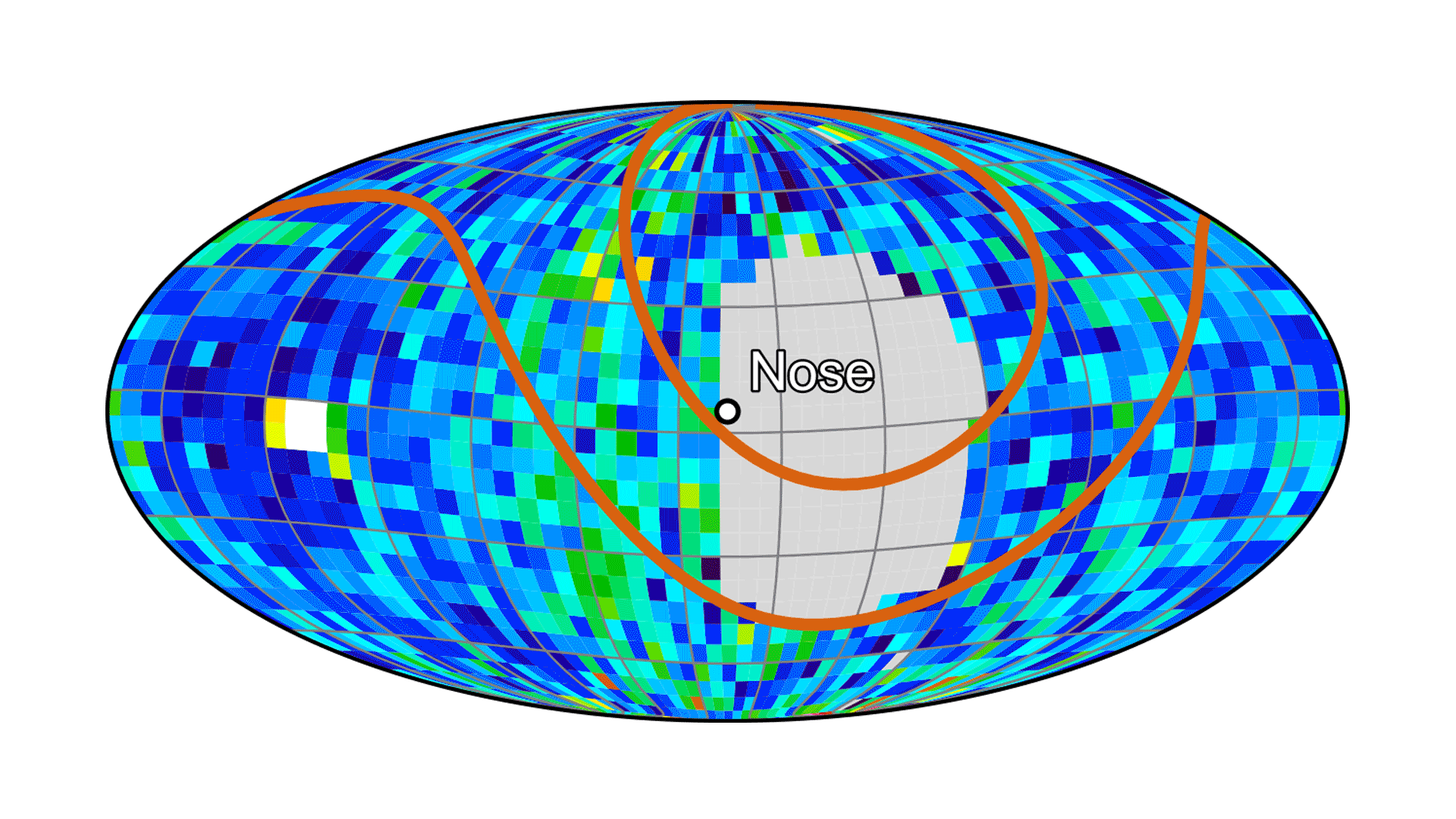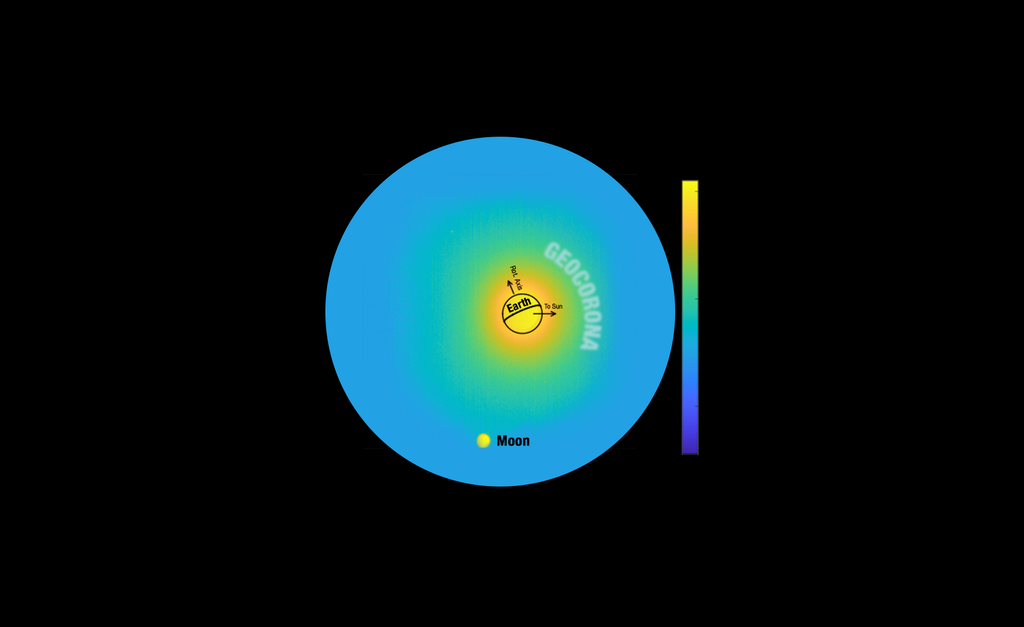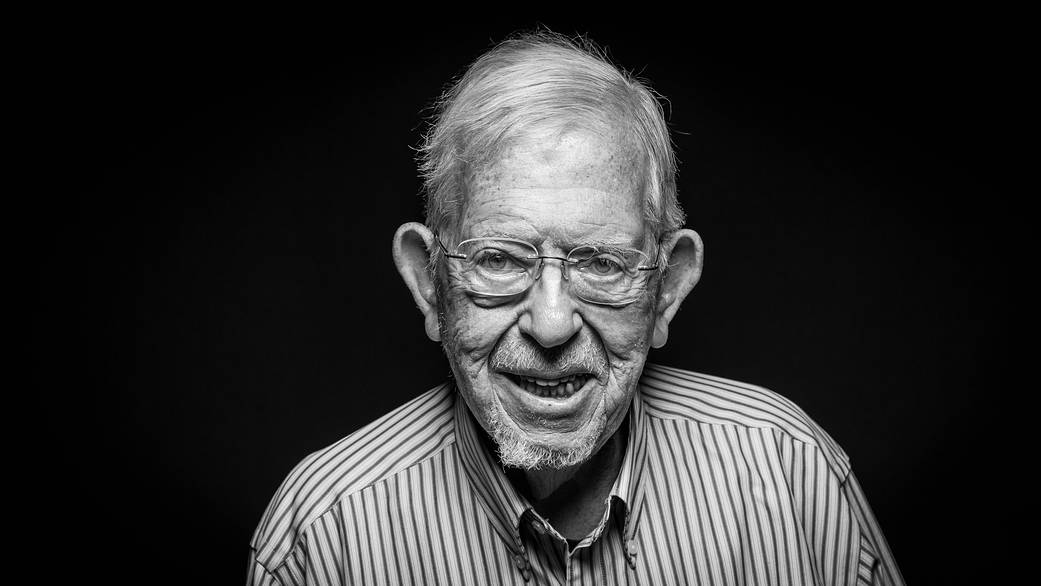“I was in Houston waiting to study the first lunar samples. It was very exciting to be there when the astronauts walked from the mobile quarantine facility into the building.”
Richard Johnson developed a simple instrument to analyze the total organic carbon content of the soil samples collected by Apollo astronauts from the Moon’s surface. He and his wife Caye Johnson, who is also a scientist, were at our Lunar Receiving Laboratory in Houston when the Apollo 11 astronauts returned to Earth so they could examine the samples immediately upon their arrival.
On July 20, 1969, the world watched as Apollo 11 astronauts Neil Armstrong and Buzz Aldrin took their first steps on the Moon. It was a historic moment for the United States and for humanity. Until then, no human had ever walked on another world. To achieve this remarkable feat, we recruited the best and brightest scientists, engineers and mathematicians across the country. At the peak of our Apollo program, an estimated 400,000 Americans worked to realize President John F. Kennedy’s vision of landing humans on the Moon and bringing them safely back to Earth. The men and women of our Ames Research Center in California’s Silicon Valley supported the Apollo program in numerous ways – from devising the shape of the Apollo space capsule to performing tests on its thermal protection system and study of the Moon rocks and soils collected by the astronauts. In celebration of the upcoming 50th anniversary of the Apollo 11 Moon landing, our new portrait series, “Faces of Apollo,” highlights some of the amazing people who worked at Ames in the 1960s to help make the Apollo program a success.









